The Indus Valley Civilisation: Unveiling the Secrets of an Ancient Civilization
The Indus Valley Civilisation, also known as the Harappan Civilisation, was one of the earliest urban civilizations in the world. Flourishing around 2600 BCE to 1900 BCE, it spanned a vast region in modern-day Pakistan and northwestern India. With advanced urban planning, sophisticated craftsmanship, and a system of writing yet to be fully deciphered, the Indus Valley Civilisation holds an important place in human history. This article will delve into the various aspects of this remarkable ancient civilization.
I. Geographic Extent and Discovery:
The Indus Valley Civilisation covered a vast area, with significant settlements along the Indus River and its tributaries. The cities stretched from present-day northeast Afghanistan to western India, encompassing regions of Punjab, Sindh, Balochistan, and Gujarat. The civilization came to light in the 1920s when archaeologists began excavating the ancient cities of Harappa and Mohenjo-Daro.
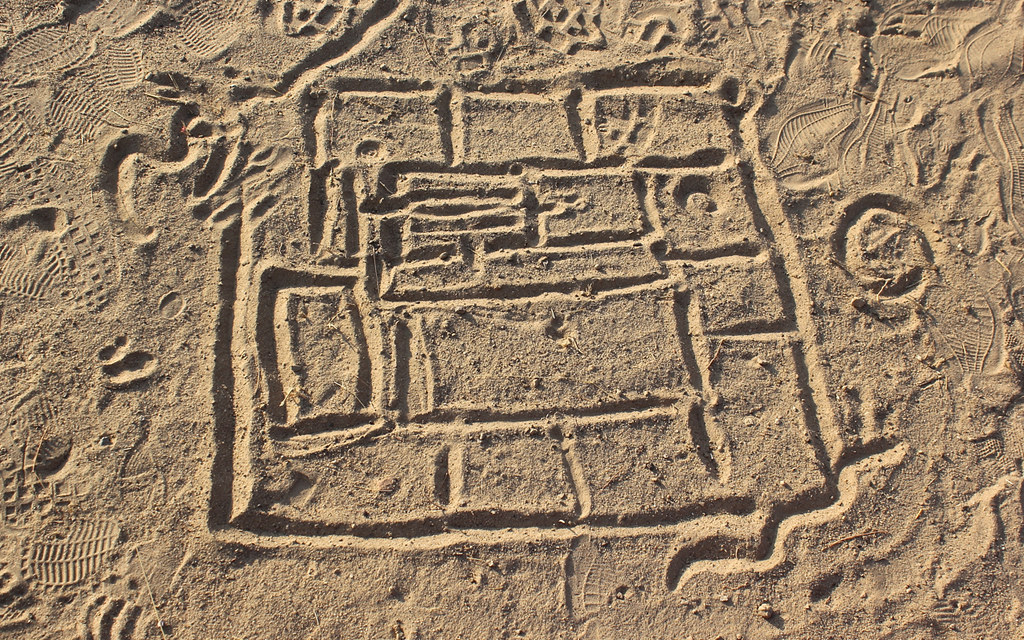
II. Urban Planning and Infrastructure:
The cities of the Indus Valley Civilisation showcased remarkable urban planning. Streets were laid out in a grid pattern, intersecting at right angles, displaying a high level of architectural expertise. Buildings were made of kiln-fired bricks, with multi-story houses and public structures such as granaries, baths, and assembly halls. The advanced drainage system with covered drains and public wells indicates a well-organized society.
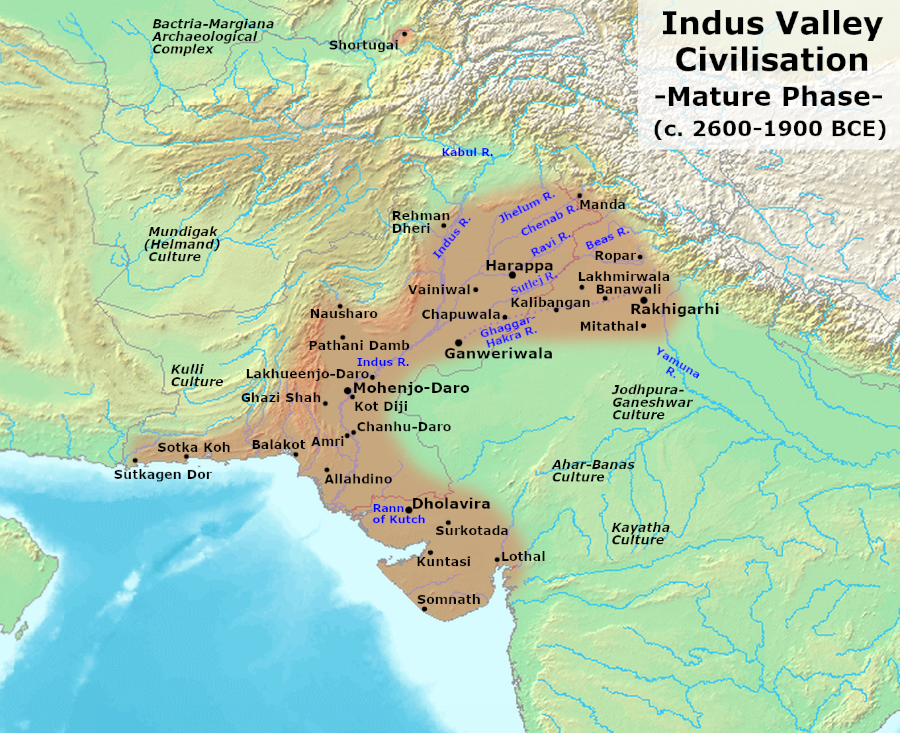
III. Agriculture and Trade:
Agriculture formed the backbone of the Indus Valley Civilisation. The fertile floodplains of the Indus River facilitated a thriving agricultural system with wheat, barley, peas, and cotton cultivation. Sophisticated irrigation systems ensured a stable food supply. Trade played a crucial role in the civilization’s economy, with evidence of long-distance trade networks reaching as far as Mesopotamia. The discovery of seals and standardized weights suggests a well-developed trading system.
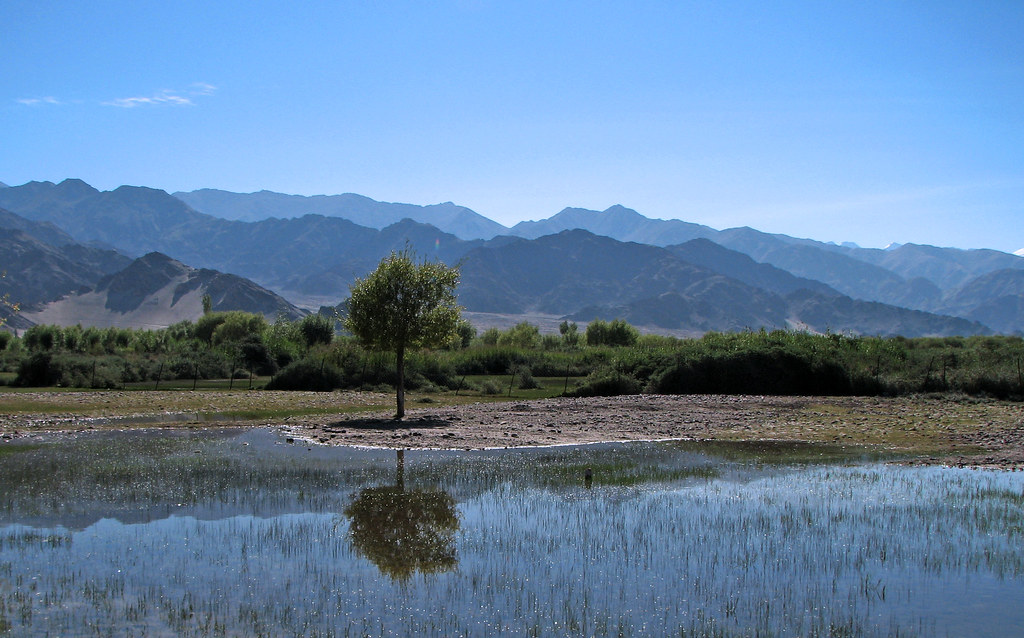
IV. Craftsmanship and Art:
The people of the Indus Valley Civilisation were skilled craftsmen. They produced exquisite pottery, including fine red and black-painted ceramics. The civilization is renowned for its intricate bronze sculptures, jewelry, and seals. The seals, often depicting animals and human-like figures, provide valuable insights into the civilization’s script, which is yet to be fully deciphered.
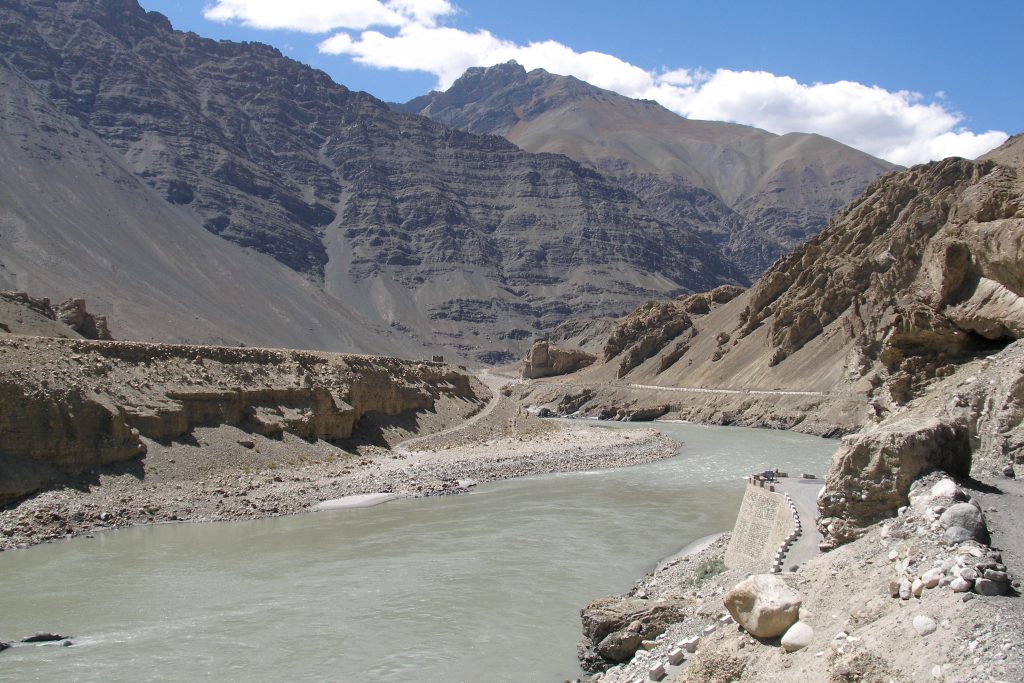
V. Writing and Language:
The Indus Valley script, or the Harappan script, remains undeciphered. The symbols found on seals, pottery, and other artifacts suggest a form of writing that may have represented a sophisticated language system. While attempts have been made to understand the script’s meaning, the precise nature of the script and the language it represents continue to elude scholars.
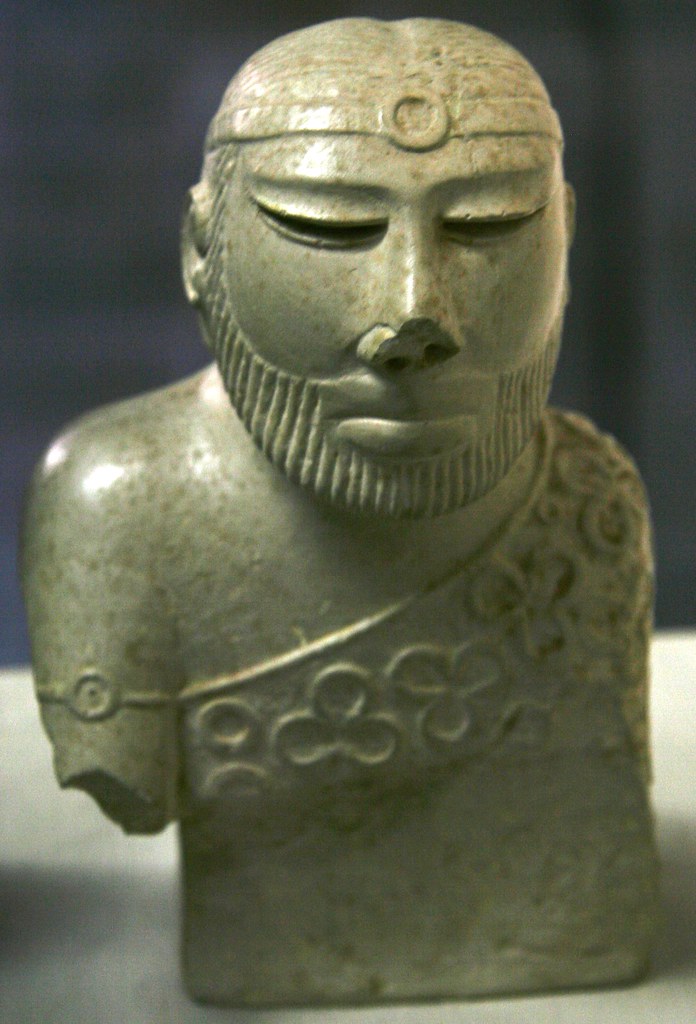
VI. Social Organization and Governance:
The social structure of the Indus Valley Civilisation remains a subject of speculation. The absence of monumental architecture, such as palaces or temples, challenges the notion of a centralized power structure. Some theories propose a highly organized and egalitarian society, while others suggest the presence of a ruling elite. The discovery of seals with possibly personal or occupational inscriptions indicates a level of social differentiation.
VII. Religion and Beliefs:
The religious practices of the Indus Valley Civilisation are not fully understood due to the lack of deciphered texts. However, archaeological findings indicate a reverence for fertility and nature. Statues of mother goddesses, terracotta figurines, and phallic symbols suggest a belief in fertility cults. The presence of fire altars indicates the practice of ritualistic fire worship.
VIII. Decline and Disappearance:
The exact reasons for the decline of the Indus Valley Civilisation remain a mystery.
Some theories propose environmental factors such as shifting river courses, floods, or droughts as possible causes. Others suggest invasion or internal conflicts. Whatever the reasons, by 1900 BCE, the urban centers of the Indus Valley Civilisation had been abandoned, and the civilization gradually disappeared from history.
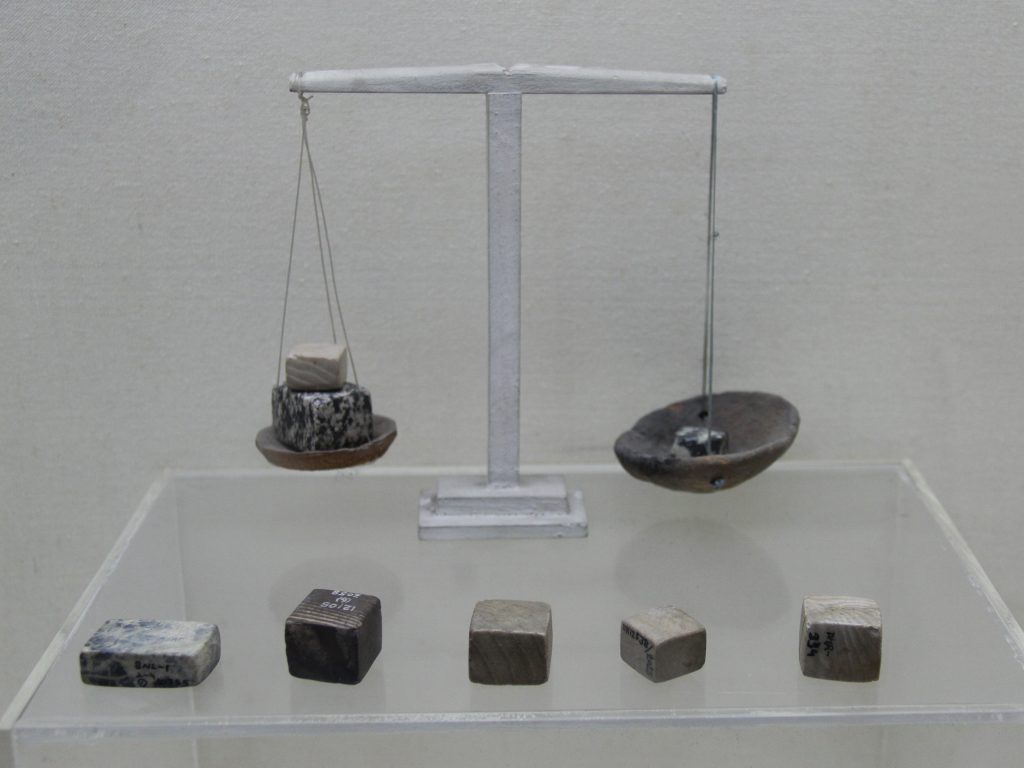
IX. Indus Valley Civilisation’s Legacy:
The Indus Valley Civilisation left a lasting impact on the Indian subcontinent’s cultural and historical heritage. Its urban planning, craftsmanship, and trade networks influenced later civilizations in the region. The knowledge gained from studying this ancient civilization contributes to our understanding of early human settlements and the development of complex societies.
X. Preservation and Current Research:
Preservation and continued research are crucial for unraveling the mysteries of the Indus Valley Civilisation. Archaeologists, historians, and scholars continue to excavate and analyze sites, artifacts, and ancient scripts. The ongoing efforts aim to decipher the Indus script, shed light on the civilization’s social, political, and cultural aspects, and provide a deeper understanding of our shared human history.
References:
- Shereen Ratnagar – “Understanding Harappa: Civilization in the Greater Indus Valley”
- Jonathan Mark Kenoyer – “Ancient Cities of the Indus Valley Civilization”
- Jane McIntosh – “The Ancient Indus Valley: New Perspectives”
- Gregory L. Possehl – “The Indus Civilization: A Contemporary Perspective”
- Rita P. Wright – “The Ancient Indus: Urbanism, Economy, and Society”
Sources:
- Harappa.com – https://www.harappa.com/
- Archaeological Survey of India – https://asi.nic.in/
- The Metropolitan Museum of Art – https://www.metmuseum.org/
- National Museum, New Delhi – https://www.nationalmuseumindia.gov.in/
- Indus Valley Civilization – Ancient History Encyclopedia – https://www.ancient.eu/indus-valley-civilization/
Frequently Asked Questions:
Q1: What is the Indus Valley Civilisation?
A1: The Indus Valley Civilisation was an ancient urban civilization that thrived in the Indus River valley from around 2600 BCE to 1900 BCE. It was known for its advanced urban planning, craftsmanship, and trade networks.
Q2: Where was the Indus Valley Civilisation located?
A2: The Indus Valley Civilisation was primarily located in present-day Pakistan and northwestern India, covering regions of Punjab, Sindh, Balochistan, and Gujarat.
Q3: What is the significance of the Indus Valley script?
A3: The Indus Valley script, also known as the Harappan script, remains undeciphered. It is of great importance as it holds the key to understanding the language and communication system of the Indus Valley Civilisation.
Q4: What led to the decline of the Indus Valley Civilisation?
A4: The reasons for the decline of the Indus Valley Civilisation are not fully understood. Some theories suggest environmental factors, such as changes in river courses or climate, while others propose invasion or internal conflicts.
Q5: What is the legacy of the Indus Valley Civilisation?
A5: The Indus Valley Civilisation left a lasting legacy, influencing subsequent cultures in the Indian subcontinent. Its advanced urban planning, craftsmanship, and trade networks shaped the development of later civilizations.
By exploring the mysteries of the Indus Valley Civilisation, we continue to unravel the ancient past and gain valuable insights into the early chapters of human civilization.
Read also: The Tartessos Civilization: Unveiling the Enigmatic Ancient Mediterranean Culture

